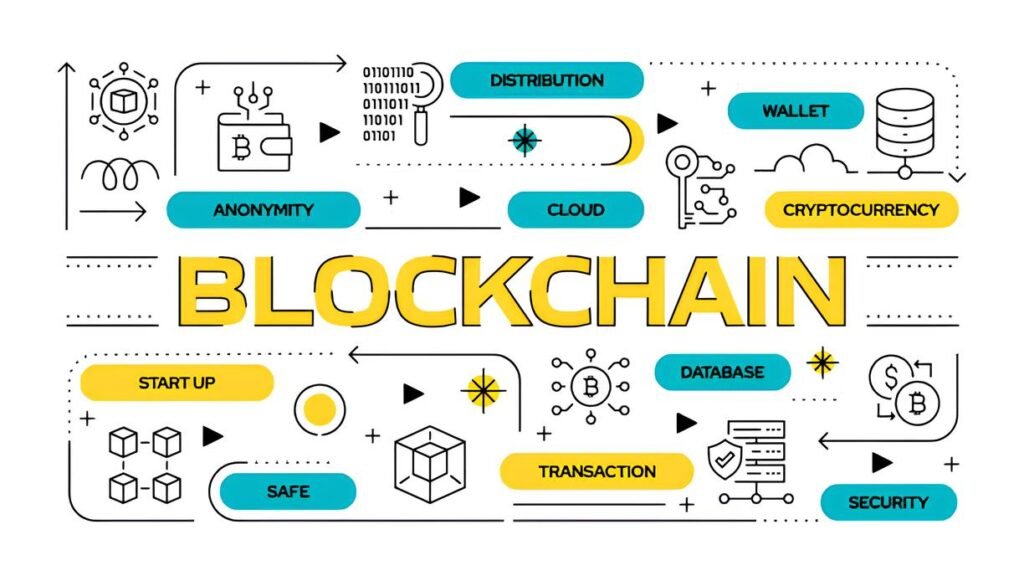Imagine carefully creating a bulletproof fortress to protect your digital assets — an “air-gapped” crypto wallet physically disconnected from the internet. You store your private keys offline, hoping this isolation shields your cryptocurrencies from hackers, malware, and prying eyes. But what if I told you that this fortress isn’t as impenetrable as it feels? That beneath layers of offline security, hidden vulnerabilities silently threaten your stash?
In a world where cybercrime is evolving faster than most security measures, relying on air-gapping alone might foster a false sense of safety. Understanding why these wallets can still be at risk requires digging beneath the surface of isolation mythologies and exploring the often-overlooked attack vectors that can compromise your so-called cold storage.
In This Article
How Air-Gapped Wallets Work
Air-gapped wallets aim to keep your private keys and sensitive signing operations completely offline — disconnected from the internet, Wi-Fi, or any network communication channels.
This offline setup prevents remote attackers and malware from directly accessing your keys, theoretically eliminating the most common hacking pathways.
Typically, users generate wallets or sign transactions on a dedicated device or computer that never connects online. They transfer unsigned transactions via QR codes or USB drives onto an internet-connected device to broadcast to the blockchain.
This process minimizes digital exposure by isolating the wallet’s critical components from online risks.
Hidden Attack Vectors Even in Air-Gapped Systems
However, separating your wallet from the internet doesn’t guarantee total security. Attackers have developed sophisticated methods to breach these isolated environments.
Some common vulnerabilities include:
- Compromised Software or Firmware: Malicious code embedded in wallet generation tools or device BIOS can remain dormant until triggered, escaping offline detection.
- Malicious USB Devices: USB drives used to transfer data might carry hidden malware able to corrupt the air-gapped machine once connected.
- Physical Access Exploit: Anyone with physical access could install hardware keyloggers or exploit debug interfaces.
Each vector chips away at the concept that “offline” equals “safe.”
Example: The Malware Hidden in QR Code Signatures
In some cases, malicious actors can embed code into the QR codes that carry signed transactions. When scanned by the connected device, these codes might trigger unexpected behavior, leaking information about the wallet or its contents.
QR codes aren’t just static images. They can encode scripts or unusual character sequences designed to exploit scanner software vulnerabilities — an attack technique not widely recognized outside specialized security circles.
Side-Channel Attacks and Electromagnetic Leaks
Physical isolation still can’t solve the complex problem of side-channel attacks. These attacks exploit indirect information channels such as sound, heat, light, or electromagnetic emissions to extract secrets.
For instance, advanced attackers have demonstrated that it’s possible to capture private keys by measuring subtle electromagnetic signatures emitted by certain hardware during cryptographic operations.
Even air-gapped wallets with no network connections can inadvertently broadcast their secrets through:
- Power supply fluctuations picked up by specialized sensors
- Electromagnetic emanations detected using high-frequency receivers
- Acoustic analysis capturing sound patterns correlating with cryptographic calculations
These approaches are rare, technically challenging, and often require close proximity — but they aren’t purely theoretical.
If you’re using or considering dedicated offline wallets in high-threat environments—such as journalists, activists, or high-net-worth users—side-channel attack vectors deserve serious attention.
Operational OpSec Failures You Might Be Overlooking
Technical robustness can be undone by everyday mistakes in operational security (OpSec).
Examples include:
- Storing backup seeds or PINs in easily guessable or digital formats
- Reusing air-gapped devices for other purposes where internet exposure or malware infection risks spike
- Failing to verify the integrity of operating systems or wallet applications before setup
- Using compromised or counterfeit hardware wallets masquerading as genuine devices
- Failing to understand metadata leaks when broadcasting transactions publicly—linking offline keys to online activity
Many experts emphasize that while the air gap protects against a broad class of network-based compromises, it is ultimately the user’s discipline and workflow control that seal the deal.
Don’t Overlook Metadata
Even an air-gapped wallet can’t hide the metadata that blockchain explorers analyze. For an in-depth view of how blockchain data can reveal identifying patterns, consider exploring what blockchain metadata can reveal about you.
Bridging the Gap: Best Practices to Harden Air-Gapped Wallets
While no method is perfect, you can significantly reduce risks by layering multiple security steps.
- Use Audited, Open-Source Wallet Software: Select wallet tools whose code has been publicly reviewed to minimize hidden backdoors or malicious features.
- Verify Software Signatures: Always validate the cryptographic signatures of operating systems and wallet apps before installing them on your air-gapped device.
- Dedicated Hardware and USB Hygiene: Use brand-new, reliable USB drives from trusted sources to transfer transactions, and scan drives on separate locked-down systems before each use.
- Physical Security Layers: Keep your air-gapped device in a secure location that limits unauthorized access, coupled with tamper-evident seals if possible.
- Multi-Signature Wallets: Deploy multi-sig setups requiring multiple devices or parties to sign transactions, reducing risks from a single compromised air-gapped machine (learn more about multi-signature wallets and privacy).
- Separate Signing and Transmission: Never connect your air-gapped device directly to the internet; transfer data manually only via secure, scanned media or QR codes.
Embrace operational compartmentalization: keep your cold wallet device fully isolated from any daily-use electronics, and treat it like a high-security vault rather than a multitasking gadget.
Redefining Cold Storage Security
Air-gapped wallets remain a powerful tool for protecting crypto assets. Yet no security measure exists in a vacuum. The more you understand both the technological and human factors, the better you can safeguard your holdings.
Isolation alone doesn’t guarantee immunity. Threats like supply-chain malware, side-channel leaks, and operational slip-ups can quietly erode your defenses.
In 2025, cold wallets must be part of a comprehensive security mindset — involving hardware choices, trusted software, strict OpSec, and awareness of emerging risks.
Security is a journey, not a one-time fix. Staying informed about evolving threats and adopting layered defenses are your best bets to stay ahead of attackers lurking beyond the air gap.



